Metro Phoenix / Communities / Avondale
Avondale Overview
From its origins as a sparsely populated farming enclave characterized by vast expanses of alfalfa and cotton fields, Avondale has undergone a remarkable evolution. The city is located at the confluence of the Agua Fria and Gila rivers, giving it access to scenic desert landscapes and riparian habitats. The Estrella Mountains are also visible to the south, offering outdoor recreation and scenic views. Today, it stands as a prominent community in the West Valley of Metro Phoenix, reflecting its growth into a bustling suburb.
History
Avondale traces its origins to one of the earliest stage coach stations in the area, providing essential supplies to travelers journeying from Tucson to northern Arizona and California. Notably, Billy Moore, a prominent historical figure, set up a saloon, general store, and stage stop near the Agua Fria crossing. The town expanded around Avondale Ranch, where the post office was established in 1896, eventually adopting the name from this pivotal location.
Avondale was incorporated in 1946. As development progressed, Western Avenue in Avondale became a fusion of various architectural styles, reflecting the essence of small western towns. Ranching, railroad, and cotton farming emerged as prominent industries shaping the area’s identity. In recent years, the city has experienced remarkable expansion in both residential and commercial sectors. Nevertheless, the Old Town district along Western Avenue remains a steadfast guardian of its historic business enclave, ensuring the preservation of its heritage while fostering opportunities for small, independent businesses.
City Government
The City of Avondale has a Council/Manager form of government. This means that the Mayor and City Council make policy decisions, and the staff, led by the City Manager, implements these decisions. The City Council has established a strategic five-year plan to create a community that is family-friendly and economically prosperous.
Business
Office Space: Avondale emerges as one of the prime destinations for new office space within Metro Phoenix, with several sites currently undergoing development. Affordable land prices enable the integration of top-notch amenities into office complexes, while the West Valley location offers employers unparalleled access to a wealth of talent.
Manufacturing and Logistics: Avondale offers an inventory of over 2.7 million square feet of manufacturing and logistics space, with an additional 2.2 million square feet currently in development near the I-10 corridor.
Hospitality and Retail: Avondale’s hospitality and retail sectors benefit from its proximity to outdoor recreational areas, nationally renowned sports training facilities, and NASCAR events with Phoenix Raceway.
Transportation
Avondale benefits from a well-developed transportation network that connects it to the rest of Metro Phoenix and beyond.
Interstate 10 (I-10): Primary east-west freeway running through Avondale, connecting the city to Downtown Phoenix (approximately 15 miles east) and extending west toward California. It is a critical route for commuters and commercial traffic.
Loop 101 (Agua Fria Freeway): Runs north-south and connects Avondale to Peoria and Glendale, as well as to other parts of the Valley.
McDowell Road: Major east-west arterial road in Avondale that provides local access to residential neighborhoods, schools, and businesses.
State Route 85 (SR 85): Runs south from Buckeye (west of Avondale) toward Interstate 8, which leads to Yuma and San Diego. It is often used for commercial transportation and logistics between central and southern Arizona. SR 85 does not directly pass through Avondale, its proximity makes it a valuable route for businesses and industry in the area.
2023 Population (estimate)
Avondale: 91,617
Arizona: 7,427,991
Median Household Income (2022)
Avondale: $66,801
Arizona: $74,568
Estimated Home Value (2022)
Avondale: $400,300
Arizona: $402,800
Median Age (2022)
Avondale: 34.4
Arizona: 38.8
Land area: 47.87 square miles
Population density:
2,221 people per square mile




